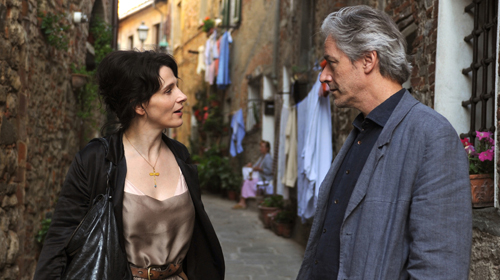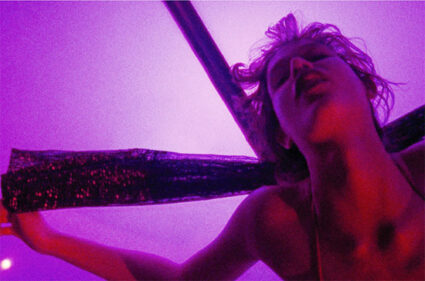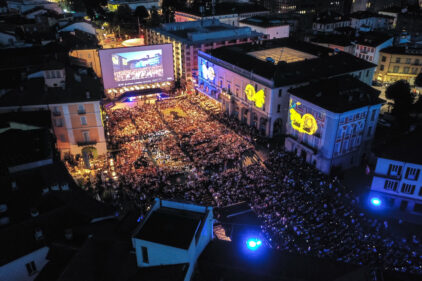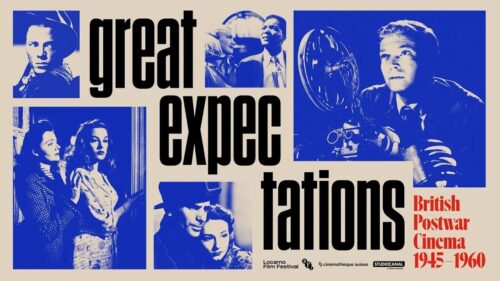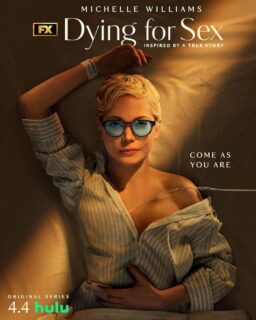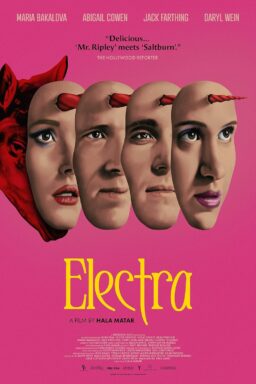As Cannes 2013 gets underway, blogger and filmmaker Scout Tafoya offers another in his series of video essays on pivotal years at the Cannes International Film Festival. This video looks at 2010, a recent vintage but already recognized as a distinctive year for the festival.
You’ll also want to check out Scout’s video essays on Cannes 1960 and Cannes 1968.
Fifty years after “L'Avventura“‘s disastrous debut screening at Cannes,
a kind of tribute was paid to its lasting legacy by the festival’s
curators. When the jury gave its special prize to director Michelangelo
Antonioni, they stated that the film represented “a remarkable
contribution to the search for a new cinematic language.” And if the
films that played in 2010 were any indication,
it had become a universal language. The competition slate was marked by
an appropriation of familiar genres and ideas, but almost every film was
made in an ambient, observational style that, half a century later, was
finally the rule rather than the exception.
These
are films whose stories are lost in seemingly unimportant details,
whose characters are ever adrift, looking for meaning in human
connection, for an understanding of the word family. Their searches
cannot be successful until they face their own troubled nature and
history. If they don’t know themselves, they can’t let anyone else in.
So they gaze enviously into the lives of others, looking at stability
they’ll never know.
The
camerawork is an extension of their search, and each composition,
however fleeting, is a study in isolation. Characters are frequently
dwarfed by landscapes, the camera always moving, never granting anyone a
foothold in the world or the course of events.

Indeed it often feels as
though they’re a step behind the story. In front of them lies change
that they cannot stop or predict; they can only keep up with the film’s
grand design for them.
Observation
and surfaces are the dominant images and themes. Characters are
constantly looking at culture or ideology through a series of lenses and
filters. They are presented with a volatile political climate, an
unstable social hierarchy, or a representation of a fatuous upper class
existence. The lead characters are inevitably outsiders meekly knocking
on the door of dominant classes and parties, glimpsing their decadence
and freedom through windows. Faced with overwhelming circumstances, they
have little choice but to observe as forces beyond control or reproach
begin rearranging their lives to fit a more convenient scheme. Those who
do not fit into society will be buried and forgotten.

All we can do is stand by and stare and the filmmakers stare right back.
The
action depicted is framed in as few, lengthy takes as possible. Thus we
cannot escape the reality of the image. We must form a relationship to
it and see things as the characters would. Action setpieces appear in
earnest but always with an indifference, shot wide, as if performed by
actors on a stage.
Human
contact becomes something tense, often to be feared. Something simple
like conversation is awkward and goes in uncomfortable directions.
Something complex and intimate like sex is shot in such a way that it
strips the act of any and all romantic ideals. These are not erotic
dialogues, these are transactions or compromises.
This
leads to the subject of parenthood and the nature of legacy, something
covered in great detail. What do our children say about us? Are we to
blame for their deviance? Must they pay for the sins of the father?
To
further muddy the question of the origin of confict, there is also a
question of the origin of the image. How can we trust what we see if all
we glimpse is a reflection, a copy, begging us to question to the
truth?

Can we ever trust a camera, a mirror, a memory, our own eyes? As
the majority of the features were shot on 35mm film, with a small
minority shooting digitally, these questions could be called a dialogue
with the future of the medium itself. Is either a better way to capture
reality? Can the average viewer tell the difference?
In
all of these films, the influence of “L’Avventura” is felt. If that film
was all about letting go of a woman who vanished and finding meaning in
the wake of tragedy, the films of the 2010 Cannes
Film Festival are about trying to relieve the burden of history,
reflected by its decision to let in films indebted to a work it once
publicly scorned.

The
heroes look for ways to escape the influence of past misdeeds. The best
they can manage is to keep their head above water, to survive. Everyone
else becomes part of the history that causes future generations to fall
into the same trap, a cycle doomed to repeat. The only silver lining is
that now we have a language with which to articulate the feeling of
helplessness and hopelessness that comes from looking into an
unthinkable history. How can we have done what we did? How did we not
break the cycle? With the language of cinema, we cannot change the past,
but we can attempt to heal our scars.
